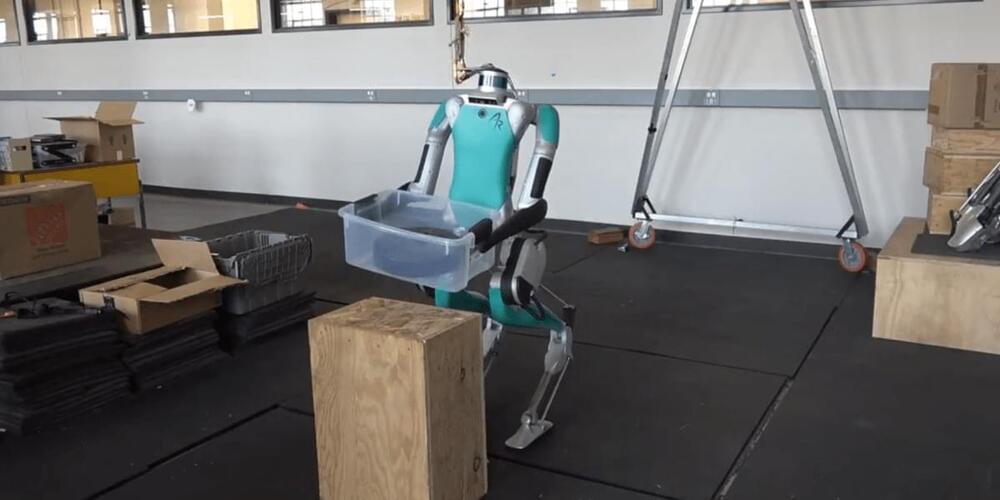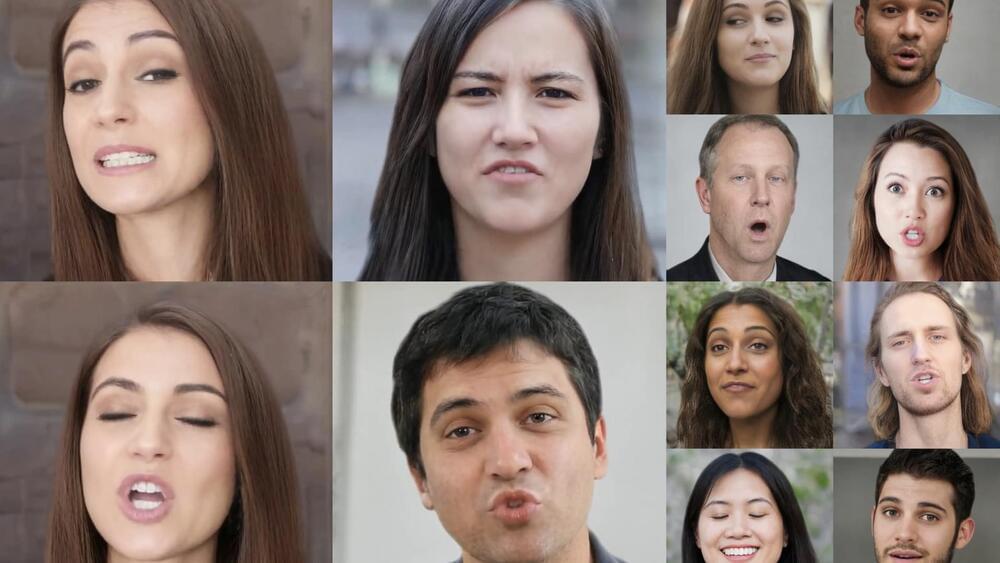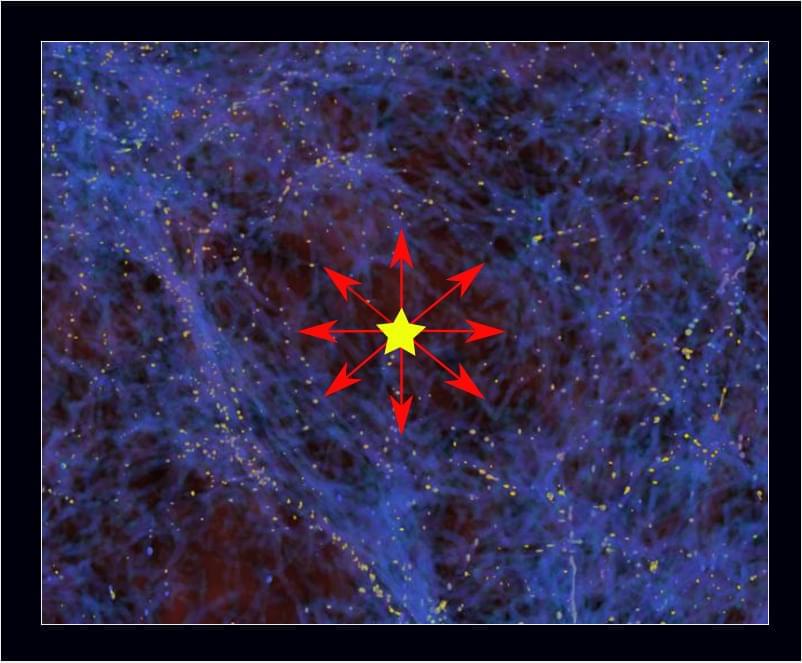Robots might need to become more boring to be useful.
VASA is a framework for generating lifelike talking faces with appealing visual affective skills.
A recent study published in the Journal of Neuroscience Research offers an intriguing perspective on the effects of regular cannabis use. Contrary to the commonly held view that cannabis has primarily negative impacts on mental health and behavior, the study suggests that regular cannabis users may have a heightened ability to understand the emotions of others. This enhanced empathetic ability is linked to increased connectivity within certain brain regions, particularly the anterior cingulate cortex, a key area involved in processing empathy.
Cannabis is one of the most widely used psychoactive substances worldwide, yet its impact on mental health and cognitive functions remains a subject of contentious debate. Traditional research predominantly highlights the negative consequences associated with cannabis use, particularly its potential to impair cognitive functions and contribute to mental health issues.
These studies often focus on how cannabis interacts with brain regions like the anterior cingulate cortex, which is known to have a high density of cannabinoid receptors and plays a significant role in cognitive processes such as decision making and emotion regulation.
“This remains I think an enormous concern,” the UN health agency’s chief scientist, Jeremy Farrar, told reporters in Geneva.
Cows and goats joined the list of species affected last month – a surprising development for experts because they were not thought susceptible to this type of influenza. US authorities reported this month that a person in Texas was recovering from bird flu after being exposed to dairy cattle, with 16 herds across six states infected apparently after exposure to wild birds.
The A(H5N1) variant has become “a global zoonotic animal pandemic”, Farrar said.
Google is consolidating its generative AI teams under the leadership of DeepMind to accelerate the development of more advanced models, building on previous consolidation efforts such as the merger of DeepMind and Brain last year.
A diss track featuring the apparent vocals of rapper Kendrick Lamar made its rounds on social media earlier this week, escalating the beef between him and Aubrey “Drake” Graham.
Now a 23-year-old musician who goes by the moniker Sly the Rapper has come forward, alleging he’s behind the viral track, which was titled simply “Freestyle.” And guess what? He says it was AI-generated.
That’s impressive, because it fooled plenty of people into believing it was the real thing.
But not in the Einstein/Newtonian Lambda-cold-dark-matter model
This post is based on the research paper by Mazurenko, Banik, Kroupa & Haslbauer (2023, MNRAS). Sergij Mazurenko is an undergraduate physics student at the University of Bonn, and Indranil Banik was an Alexander-von-Humboldt Fellow with us until recently and is currently at the University of St. Andrews. Moritz Haslbauer is a finishing PhD student at the University of Bonn who has been contributing to The Dark Matter Crisis (DMC). The press release from the University of Bonn on this matter can be read here (and from Charles University in Prague here) and a description can also be found in The Conversation.
Evan A. Scott, PhD, comes to UVA from Northwestern University, where he has conducted groundbreaking research into the use of tiny nanostructures to battle heart disease, cancer, glaucoma and more. Scott’s nanostructures, far too small for the eye to see, allow for the precise delivery of drugs and other therapeutics to specific inflammatory cells to benefit the body’s immune response. His research provides important answers about the fundamental processes responsible for diseases and paves the way for high-tech treatments using cleverly designed, and mind-blowingly miniscule, synthetic materials.
“We are excited to welcome Dr. Scott to head up nanoSTAR at this critical turning point in nanotechnology research at the University of Virginia,” said Melina R. Kibbe, MD, dean of the School of Medicine. “Nanotechnology has vast untapped potential to benefit patients everywhere. It is a long-standing strength for UVA and will be a foundational pillar of the Paul and Diane Manning Institute of Biotechnology.”
The Manning Institute, under construction at Fontaine Research Park, will tackle some of the greatest challenges in medicine by focusing on cutting-edge areas of research such as nanotechnology, targeted drug delivery, cellular therapies and gene therapy. NanoSTAR, with Scott at the helm, will play a key role in that nanotechnology research, and Scott will work to foster collaborations across Grounds, including among the School of Medicine, School of Engineering and Applied Science, School of Data Science and the College of Arts and Sciences, among others.









